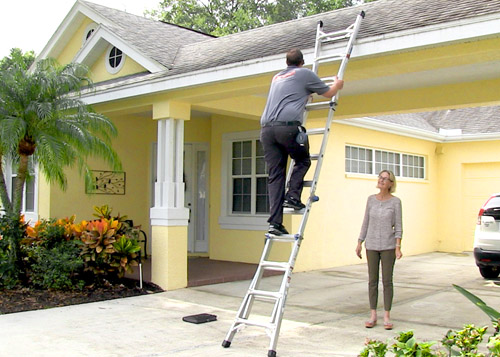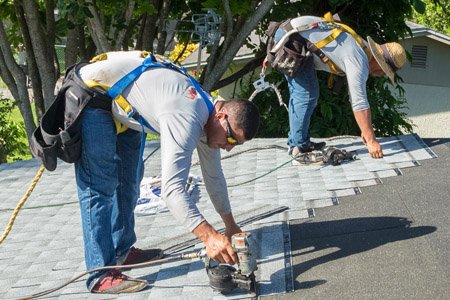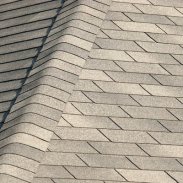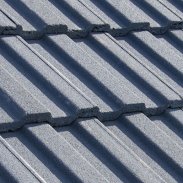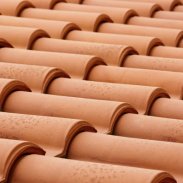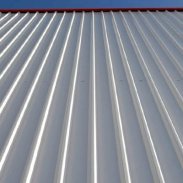Hurricane Roof Protection in Sarasota & Manatee Counties
Six Ways to Prepare Your Roof for Hurricane Season
Don't Wait Until It's Too Late, Call AKVM Today to Request a Free Inspection.
As residents of sunny Florida know, hurricane season in the Sunshine State begins on June 1 and ends on November 30 of each year. That’s six full months of big storm potential. If you’re a homeowner in Sarasota or Bradenton, what should you do to prepare for a hurricane? Since your roof protects your entire home, its contents, and especially your family, ensuring the integrity and storm-worthiness of your roof should be of paramount importance.
We are AKVM, the quality leader in residential roofing for Sarasota, Manatee & Hillsborough counties. We thought it would be a great idea to share on five steps homeowners can take to make sure your roof is ready to weather the storm before Mother Nature unleashes her seasonal fury.
1. Use Quality Shingles Rated for Hurricane Force Winds
The first step to having a hurricane-ready roof is making the right choice in shingles. At AKVM, we recommend GAF Timberline™ HDZ shingles with LayerLock™ Technology for ultimate wind protection. When installed as part of a GAF roofing system, GAF shingles with LayerLockTM Technology are eligible for GAF’s WindProven™ Limited Wind Warranty, one of the industry’s first limited wind warranty with no maximum wind speed limitation. This protection ensures stronger protection for homeowners who live in storm-prone areas like West Florida.
GAF’s LayerLockTM Technology is based on the mechanical fusing of the shingle layers. LayerLockTM can be compared to superglue, as it's extremely sticky. Once the shingles are nailed down, this sticky layer will help hold the shingles down and together, creating a robust barrier that is impervious to most strong winds.
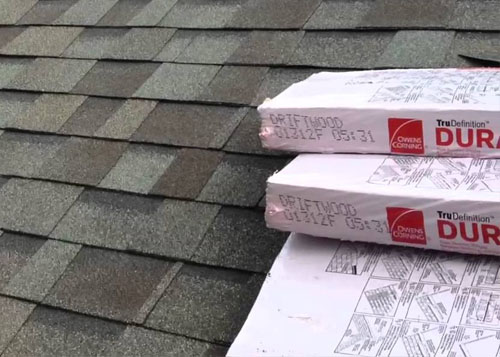
2. Invest in Hurricane Connectors
Roofs are natural weak spots during storms because strong winds can create an uplift, causing a roof to separate from the rafters. Once your roof is gone, everything inside your home will be blown away or ruined by water, resulting in total loss. A roof-to-wall connection is critical to keep your roof attached to the rest of your house by transferring uplift load onto walls.
Florida has statewide building codes in place to strengthen roofs during construction, including the use of hurricane connectors (also called hurricane clips or straps). Incorporating hurricane connectors into a home under construction is required by Florida law. Older homes can be retrofitted with connectors and doing this when a new roof is installed is an excellent idea. Building code in our area requires that we completely remove the old roof, inspect the roof sheathing and replace as needed. Though not every homeowner requests this service as part of the project, we can add these clips easily when we install your new roof.
Hurricane connectors are made of galvanized steel and are used to fasten roof trusses to walls at the top plate. Meant to reinforce joints, they anchor the roof to the rest of the house and provide a continuous load from the roof to the ground. According to Jack Glenn, technical services director at the Florida Home Builders Association in Tallahassee, "as winds project additional loads on the roof, the load is dissipated down the walls to the foundation," effectively creating a solid structure that is less likely to be torn apart.
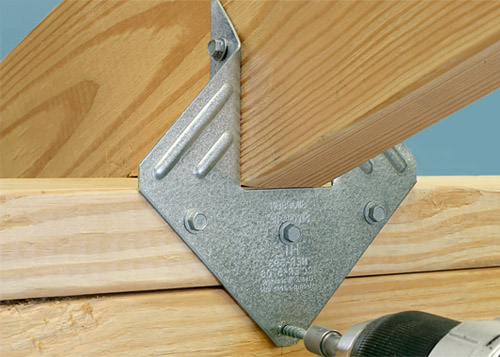
3. Trim or Remove Trees Close to Your Home
A single projectile, such as a tree branch, can cause as much damage to your home as the wind itself. Additionally, debris from trees, such as leaves, twigs, and needles, can collect on your roof and in gutters, causing clogs and areas where soppy mulch collects. Areas of a roof that are constantly wet can cause shingles and underlying roof structures to rot.
You should also examine the trees near your home for diseases and pests that could weaken trunks and limbs, making them susceptible to uprooting and breakage during the strong storms that sometimes threaten Sarasota and Bradenton. It’s best to be proactive and remove unhealthy trees when their structural health is even questionable as having them fall on your roof during a hurricane will negate all your other preparations.
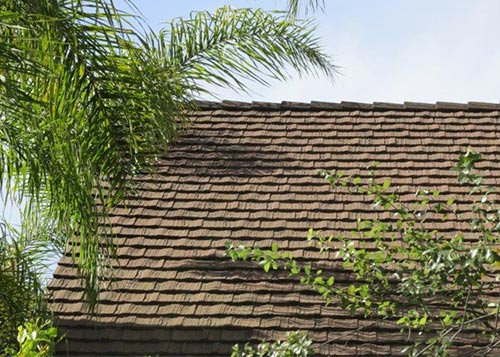
4. Clean Gutters and Drains
At least once a year, thoroughly clean all drains and gutters to ensure that rainwater runs freely from your roof. Remove anything that can block the flow of water away from your roof. If it has no way to run off the roof outside, water will eventually find a way to drain inside your home via the path of least resistance.
While you are cleaning your gutters, you are in a perfect postion to examine your roof closely. Take a moment and look at your roof; you don't have to be an expert to realize that there are problems developing when you see something. Trust your instincts and look for conditions that just don't seem right. For example, there is always going to be a certain amount of waviness in a roof deck but if you see obvious sagging in any one area - that's a cause for concern.

5. Do a Walk-around
While you’re cleaning your gutters, take a few moments to scan your roof for any problems as you work your way around the perimeter of your home.
- Missing, warped, curled, buckled, bald, or broken shingles
- Spots of rust on flashing
- Worn or cracked boots around vent pipes
- Nails that have popped up
- Large numbers of asphalt shingle granules in gutters (Missing granules mean that shingles are losing their ability to protect the asphalt from the harsh, constant UV rays prevalent in Sarasota and Bradenton.)
There’s no need to get up on your roof to inspect it yourself. Not only is this unsafe for those not accustomed to balancing on a sloped surface, but it’s actually bad for your roof to walk on it more than needed for good maintenance. It’s not designed for foot traffic. If you’re unable to climb a ladder to inspect your roof, call AKVM and we will be happy to inspect your roof at no charge and recommend needed repairs.
An inspection of your roof continues on the inside of your house as well. Head into the attic to check the ceiling, rafters, and insulation for any evidence of water intrusion, including dampness, mold, mildew, and water stains. You should not be able to see any light coming through any point in the roof. Examine trusses or rafters for protruding nails, which may indicate that the roof deck isn’t properly secured.
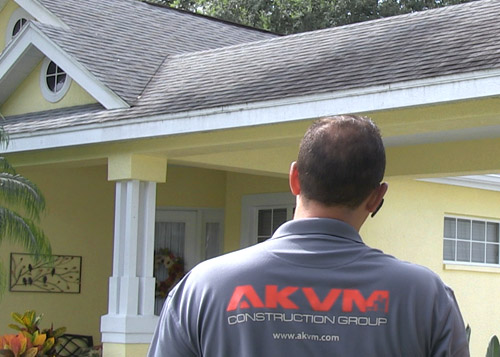
6. Have Your Roof Inspected by a Pro
It’s a good idea to have your roof inspected by a roofing professional who can detect problems not easily discernible to an untrained eye. AKVM gladly provides free roof inspections. We know what to look for, and we’ll give you a report detailing any potential problems or weak areas on your roof, along with photos and an estimate for repairs.
Keep in mind that roofing materials are constantly being improved. Asphalt shingles are now available that can withstand winds up to 150 mph, while older shingles protect your home from winds only up to 60 mph. If your shingle roof is older than 15 years, it may be time to trade up to better protection.
